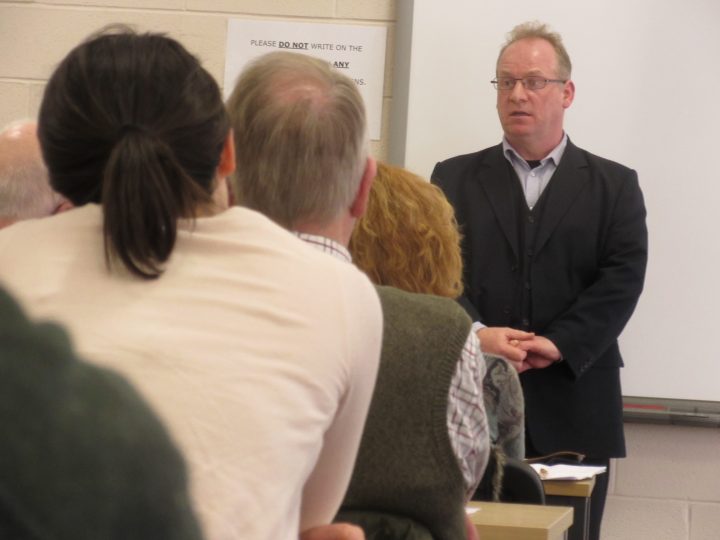POSTED ON
Getting to the meat of it

Leather never lives in isolation. Most often we think forward to the shoemakers and craftsmen making articles of leather or even more likely to the famous brands that market those products at price levels that make us cringe when we think of the margins back in our tanneries.
Yet as a centre that researches scientific and technological applications of leather, as well as key issues within the leather and related industries, we are keenly aware that everything the tanner can achieve is built on the quality of the hides and skins that come into the tannery. For them to be of the best aspects of cure, of slaughter quality to avoid flay marks and dung, and of husbandry are all vital. Pittards have spent two decades trying to remove the wicked ticks in Ethiopian hair sheep that have turned 70% 1-3 grades into less that 30% 1-3 grades.
Our businesses have come more integrated with the rising importance of traceability. Quite a number of companies now identify their leather with the tanner and the farm of origin and where it is not made public often the brand or retailer is still given full information.
Yet when the huge load of carbon footprint that the FAO dumped on Livestock back in 2006 came to light there was a quick rush to find how we could prove that hides were a waste material and all the blame of this could be pushed onto the meat. The approach of system expansion offered the scientific escape route to the tanner wanting nothing to do with meat and livestock. Events in the EU brought the industries together for discussion on the topic and yesterday, February 17th, the Institute of Meat visited the ICLT to see the tannery, the Conservation Centre and discuss the whole issue of the environmental footprint of leather.
The session was moderated by Stephen Tierney of World Leather and Kerry Senior gave an update of the current position in the EU. If I understood correctly the approach which argued that as a non defining product – that is not the reason that cattle or sheep are bred and reared – leather should carry no load from the before the abattoir has been blocked in the EU discussions and so leather will have to carry some load.
The discussions were wide ranging and quite a few students joined in. The difference between grass fed and grain fed cattle was discussed along with an aspect raised on the meat side questioning why so many of the calculations range around dairy rather than beef cattle.
While the 2006 report has now been effectively challenged Stephen Tierney made the point that it was still the most quoted resource and still widely arable on the Internet. Even trusted bodies like Chatham House were putting out incorrect data.
It was noted that current livestock CO2 load put on leather totally overwhelms the issues of the tannery and yet when a plastic or synthetic is compared the only calculation is that of its manufacture with no addition for being made from a petrochemical source and its going to be used briefly once and then spend nearly 1000 years in landfill before breaking down.
A number of comments were made about the alternates to livestock and the fact that this was not a situation where an end of meat eating eliminated the carbon footprint as the crops required to feed the population will require fertiliser and ploughing of even more long term grassland with all the CO2 implications of that and intermediate land that can only be used for grazing will become inhabited by wild animals as has been seen in Scotland with deer and Tanzania with zebra which as ruminants have the same emissions issues as cattle and sheep.
Stephen Tierney brought an excellent session to a close with a quote that we live in a world where nothing is hidden so it is best to be sure we have nothing to hide.
Without question this short session juts proved the potential value of bringing the industries together openly in this way. While the older members could reminisce about the hide improvement society and how we all managed to get rid of the warble fly vital issues of the modern world were brought to the fore and one felt that this was where the innovative ideas would arise.
Mike Redwood
18th February 2015